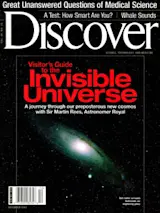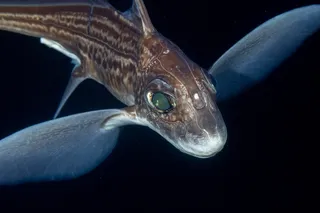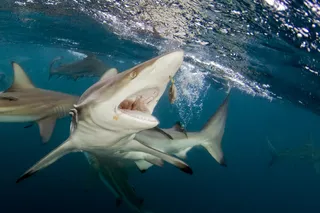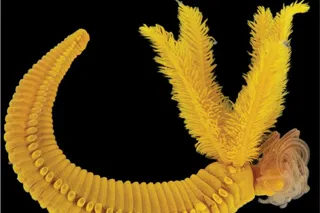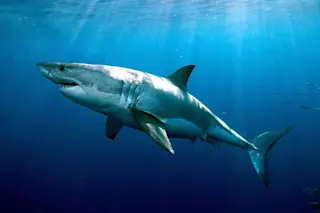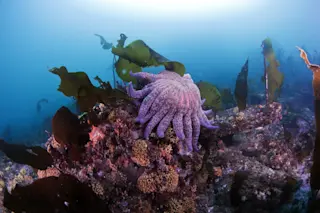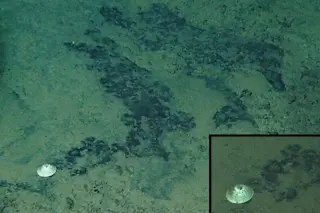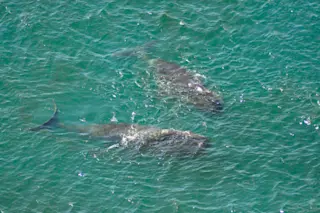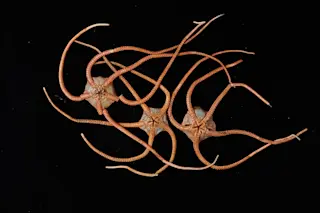Leave aside, for a moment, the question of why Ted Cranford wanted to perform a CT scan on the head of a sperm whale and consider instead how he could pull it off. First, of course, he would need a dead whale, preferably a young one that had beached itself on the coast of California near his home. Then he would need a device big enough to scan a 600-pound head. And he would have to figure out how to keep the head preserved until he could set up the scanning machinery.
Finding a whale turned out to be the easy part. One fall day, a newly dead infant sperm whale conveniently appeared on San Gregorio Beach, just south of San Francisco. Cranford was attending a scientific meeting in Bristol, England, at the time, but two friends who are marine-mammal veterinarians knew what he was looking for. They drove up ...


